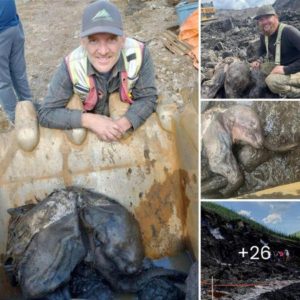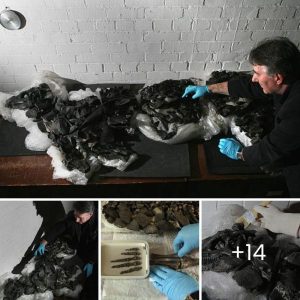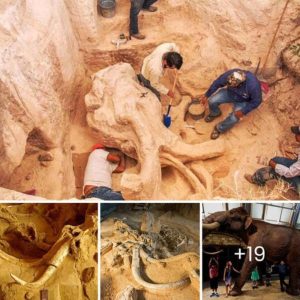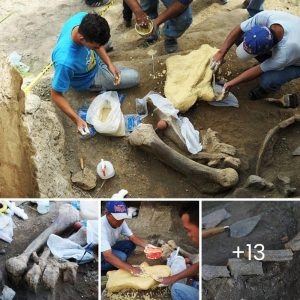In the fascinating world of paleontology, every discovery has the potential to rewrite the history books and deepen our understanding of prehistoric life.
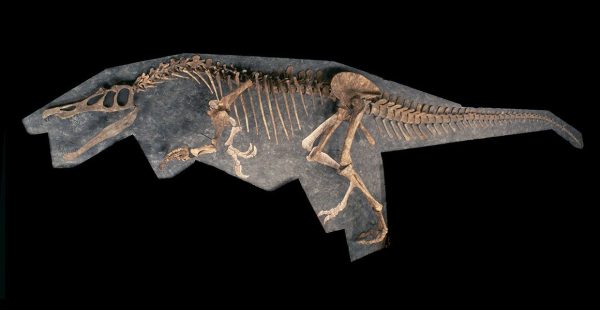
The Baryonyx, a remarkable dinosaur known for its piscivorous (fish-eating) diet, is one such groundbreaking find. This article takes you on a journey into the world of the Baryonyx, its fossil discovery, and the profound insights it provides into the lives of ancient creatures.
Baryonyx, whose name means “heavy claw,” lived during the Early Cretaceous period, around 130 million years ago. What sets this dinosaur apart from its peers is its specialized diet – it primarily feasted on fish.
Measuring around 30 feet in length, Baryonyx was a medium-sized theropod dinosaur. It had a long, crocodile-like snout filled with sharp teeth, designed for grasping slippery prey. Its most distinctive feature was the massive claw on its first finger, which was likely used for hooking and capturing fish.
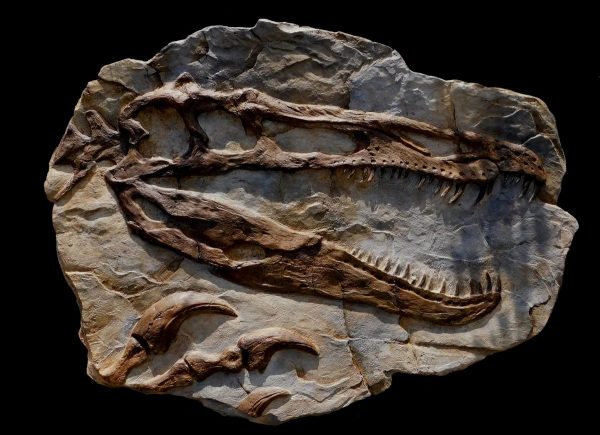
The story of Baryonyx begins with a serendipitous discovery. In 1983, an amateur fossil hunter stumbled upon a remarkable find in Surrey, England. The discovery site revealed a treasure trove of Baryonyx fossils, including a partial skeleton and the aforementioned massive claw.
This finding was a game-changer in the world of paleontology. It marked the first significant evidence of a dinosaur with a fish-based diet and provided unique insights into the specialized adaptations required for such an existence.
The Baryonyx’s adaptations for a fish-based diet were evident in its anatomy. Its long snout, filled with conical teeth, resembled those of modern fish-eating reptiles. This unique snout allowed it to efficiently catch and consume fish.
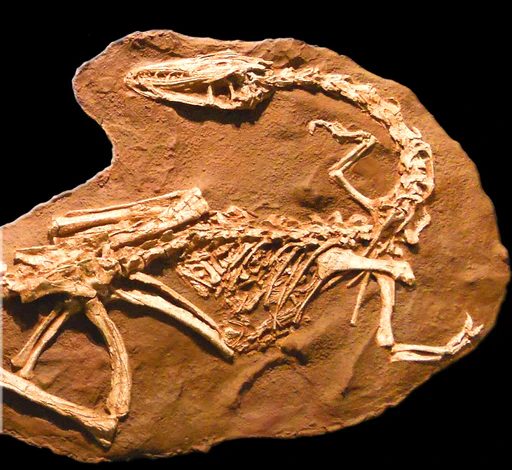
The massive claw on its hand was another critical adaptation. This claw likely served as a fishing tool, enabling Baryonyx to hook and impale fish, much like a modern heron or egret. The discovery of partially digested fish scales in the stomach area of some Baryonyx fossils further corroborates its piscivorous lifestyle.
The discovery of Baryonyx and its unique adaptations carries profound implications for our understanding of dinosaur diversity and behavior. It challenges the traditional image of theropod dinosaurs primarily as fearsome predators and showcases their ability to adapt to diverse ecological niches.
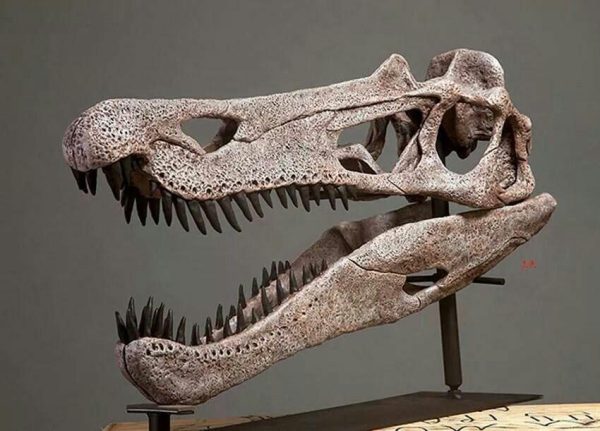
Baryonyx also provides a glimpse into the ancient environments it inhabited. The presence of a piscivorous dinosaur suggests the existence of water bodies, possibly rivers or lakes, teeming with fish during the Early Cretaceous period.
In the grand tapestry of prehistoric life, Baryonyx stands as a testament to the remarkable diversity and adaptability of dinosaurs. Its unique adaptations for a fish-based diet and the pivotal fossil discovery in Surrey, England, have enriched our understanding of Earth’s ancient ecosystems.
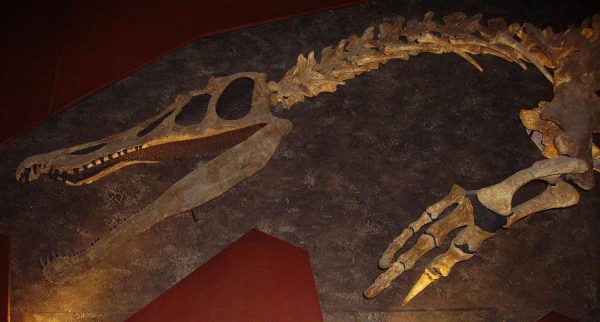
The Baryonyx is a reminder that paleontology continues to unravel the mysteries of our planet’s past, one fossil discovery at a time. This “fishing dinosaur” sheds light on the complexity of life during the Cretaceous era, where a theropod like Baryonyx could thrive as a top piscivore, and it underscores the ever-evolving nature of our knowledge of prehistoric life.


